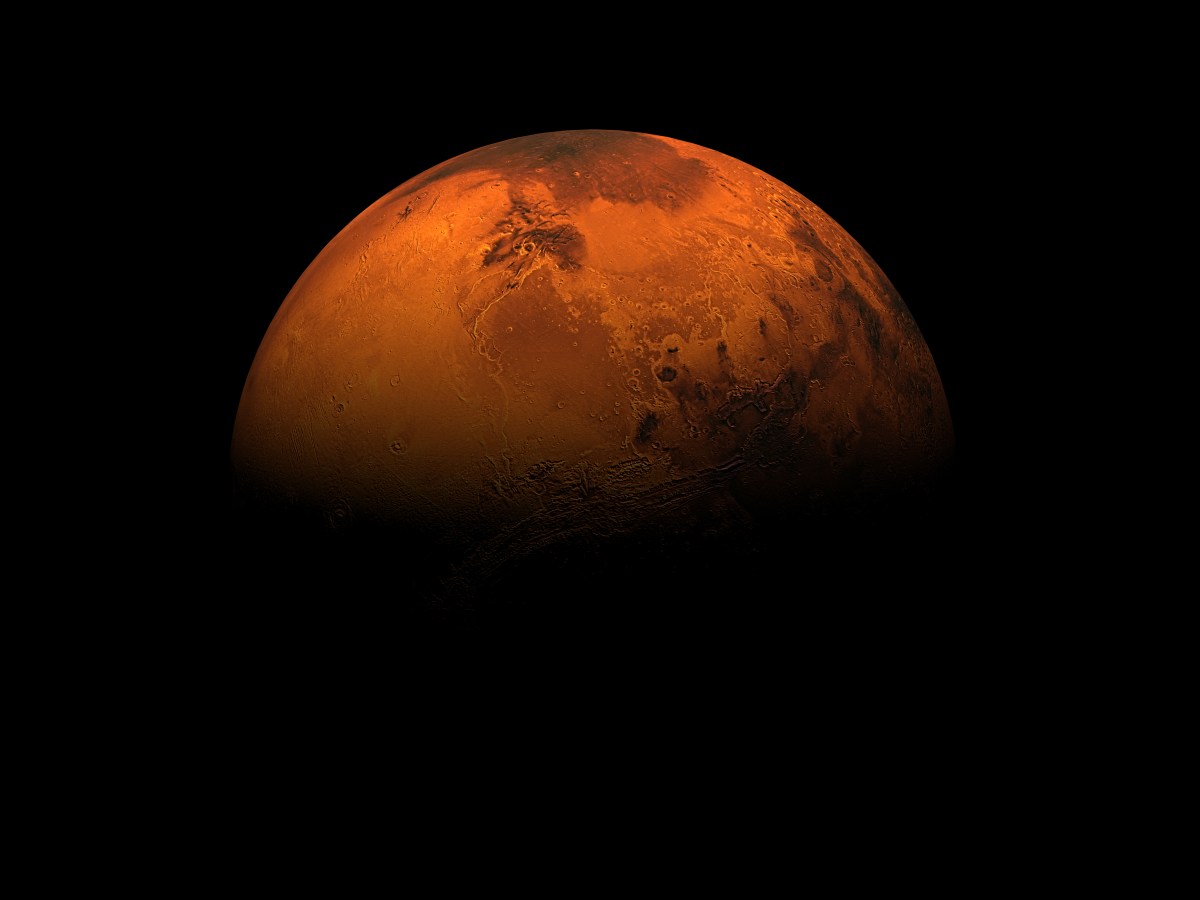In 15 years (at the absolute soonest), NASA could be sending astronauts to Mars, and Nicole Aunapu Mann, Anne McClain, Jessica Meir, and Christina Hammock Koch might be aboard.
In a fascinating piece over on Glamour, the four women–members of NASA’s first-ever 50% female astronaut class–talk about why they wanted to work with NASA, what their current training is like, and how they would prepare to leave their lives on Earth if given the chance to join a mission to Mars. Here’s McClain on how she decided she wanted to become an astronaut:
There were more than 6,100 other applicants for our class of eight, and I’d made my peace with not getting in. I still remember getting the call that I’d been selected. I couldn’t breathe, I couldn’t talk. I started crying. I grew up in Spokane, Washington, and I can’t recall ever not wanting to be an astronaut. I learned a lot [serving 15 months] in Iraq, flying attack helicopters at the front of the front lines. I joined the Army out of a deep sense of duty, but wanting to be an astronaut feels more like my destiny. With so much conflict in the world, space exploration can be a beacon of hope. No one cares about race or religion or nationality in space travel. We’re all just part of Team Human.
If the women are selected from the pool of potential candidates (which may include both the current NASA astronaut class and other classes) to join the four-person Mars expedition crew, they’ll be signing up for a lengthy journey that includes two-three weeks spent in a launch capsule, several months on a larger ship, and a year living in a structure on Mars before making the long trip home.
Obviously, the close quarters and long months away from home involved in the Mars mission could conceivably cause tension within the crew. Glamour spoke with NASA-funded psychologist Suzanne Bell, Ph.D., an expert on the group dynamics of extended missions, about interpersonal difficulties that could arise:
Mars trip has all the ingredients for falling in love, and researchers have seen the danger of that in simulated environments. In one incident a man made unwanted sexual advances toward a woman in the other group, and they decided to shut the hatch between the two groups. It’s something NASA has to think about if they’re going to send men and women to space together for three years.
It’s worth pointing out that obviously romantic or sexual relationships could arise on an entirely male or entirely female crew as well, but it is interesting to see how NASA takes gender politics into account when predicting how a team would function under extreme pressure. Mann, McClain, Meir, and Koch also spoke to Glamour about how they would prepare to spend so much time away from Earth and their loved ones (for Meir this would include music mixes from “a few specific friends” and ensuring access to the New York Times), and what they think a mission to Mars would mean for our species:
McClain: If we go to Mars, we’ll be representing our entire species in a place we’ve never been before. To me it’s the highest thing a human being can achieve.
Meir: What are people capable of? That idea of exploration has always been a part of the human experience. Trying to understand our place in the universe is what drives me more than anything.
McClain: Also, from space, you can’t see borders. What you see is this lonely planet. Here we all are on it, so angry at one another. I wish more people could step back and see how small Earth is and how reliant we are on one another.
Mann: Just thinking about it gives me chills.
To read more fascinating insights from the astronauts and other awesome women of NASA, I strongly recommend checking out the Glamour piece in its entirety.
(images via Shutterstock and NASA)
—Please make note of The Mary Sue’s general comment policy.—
Do you follow The Mary Sue on Twitter, Facebook, Tumblr, Pinterest, & Google +?




![[brief pic description]](https://www.themarysue.com/wp-content/uploads/2016/01/journey_to_mars1.jpeg?resize=1041%2C586)





Published: Jan 7, 2016 02:48 pm